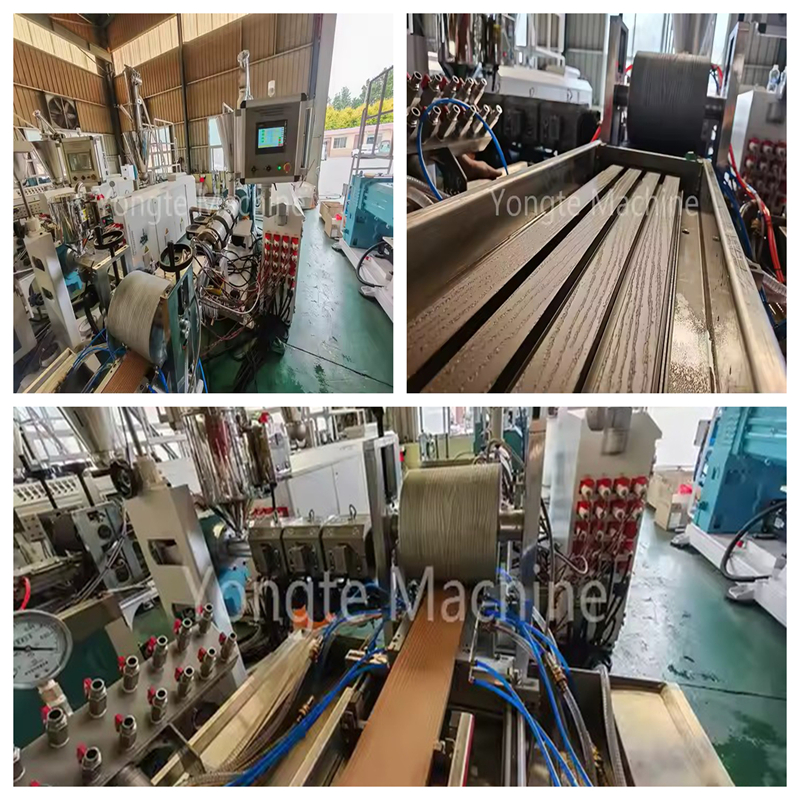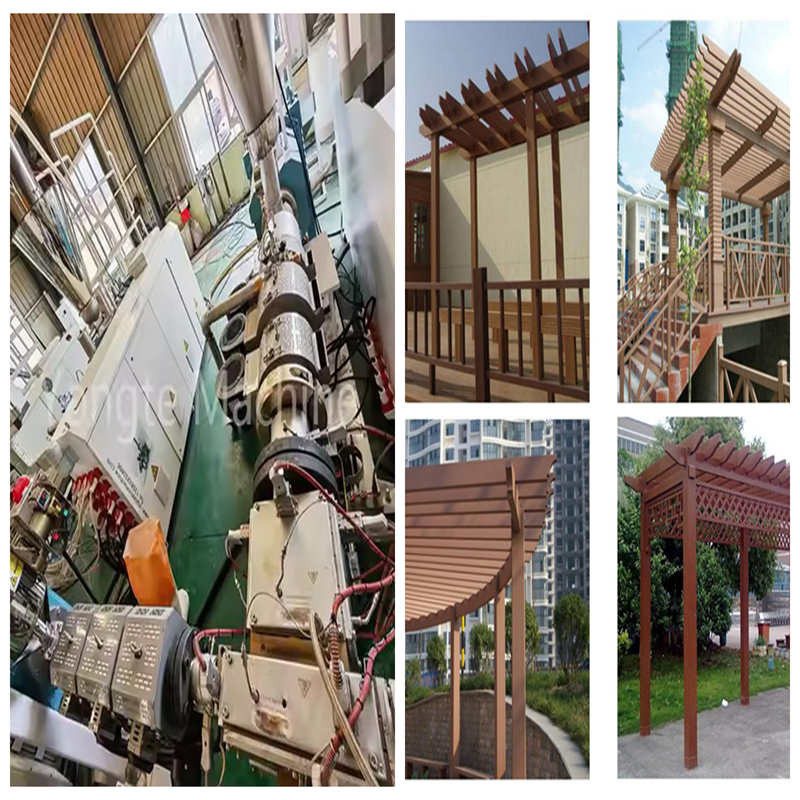Transforming Packaging Waste: How Wood-Plastic Profiles Can Leverage the Circular Economy
The ecological pressures caused by excessive packaging are becoming undeniable. According to the United Nations Environment Programme, the world generates over 400 million tons of packaging waste annually, 35% of which is due to excessive packaging. This not only exacerbates resource depletion—for example, 17 trees are cut down for every ton of packaging paper—but also leads to cross-border pollution transfer. For example, developed countries export millions of tons of packaging waste to Asia and Africa annually, continuously harming the local ecosystem and health.
Faced with this global challenge, the technology to convert waste packaging into wood-plastic profiles is becoming a key solution. Professional production lines, such as those produced by Yongte Plastic Machinery, can efficiently process various types of mixed waste plastics. Leveraging intelligent temperature control and material modification processes, they significantly improve yield and material performance, fundamentally changing the high-waste, low-efficiency dilemma of the traditional recycling industry.

This type of equipment not only excels in production capacity and precision—for example, a wood-plastic flooring production line can achieve a throughput of over 1 ton per hour with an error of no more than 0.3 mm—but also offers significant advantages in terms of cost and carbon footprint. Using recycled plastic can reduce raw material costs by 30%-40%, while also reducing carbon emissions by 1.2 tons per ton of wood-plastic profiles. It can also be used with agricultural and forestry waste like rice husks and bamboo cuttings, truly transforming waste into treasure.
The economic benefits are therefore considerable. A wood-plastic factory with an annual production capacity of 100,000 tons can generate annual profits of approximately 300 million yuan. Policy support further expands profit margins, including through multiple mechanisms such as value-added tax refunds on recycled resources, green low-interest loans, and carbon trading revenue. If 20% of China's annual waste plastics were converted to wood-plastic production, it would potentially generate a 50 billion yuan output value, create 100,000 jobs, conserve significant amounts of wood, and reduce significant carbon emissions.

The environmental benefits are equally significant. Large-scale promotion of wood-plastic materials will not only alleviate pressure on forest resources and reduce the burden of waste disposal, but also curb the spread of plastic microparticles and toxic pollutants at the source. This model has already attracted international attention, with the European Union and other regions actively pursuing high-value conversion of packaging waste, drawing on China's experience.
It can be said that, with the help of advanced technology and equipment, waste packaging is completing a crucial transformation from an "environmental liability" to a "green asset." This new blue ocean in the circular economy not only represents business opportunities but also outlines a pragmatic path to global sustainable development.